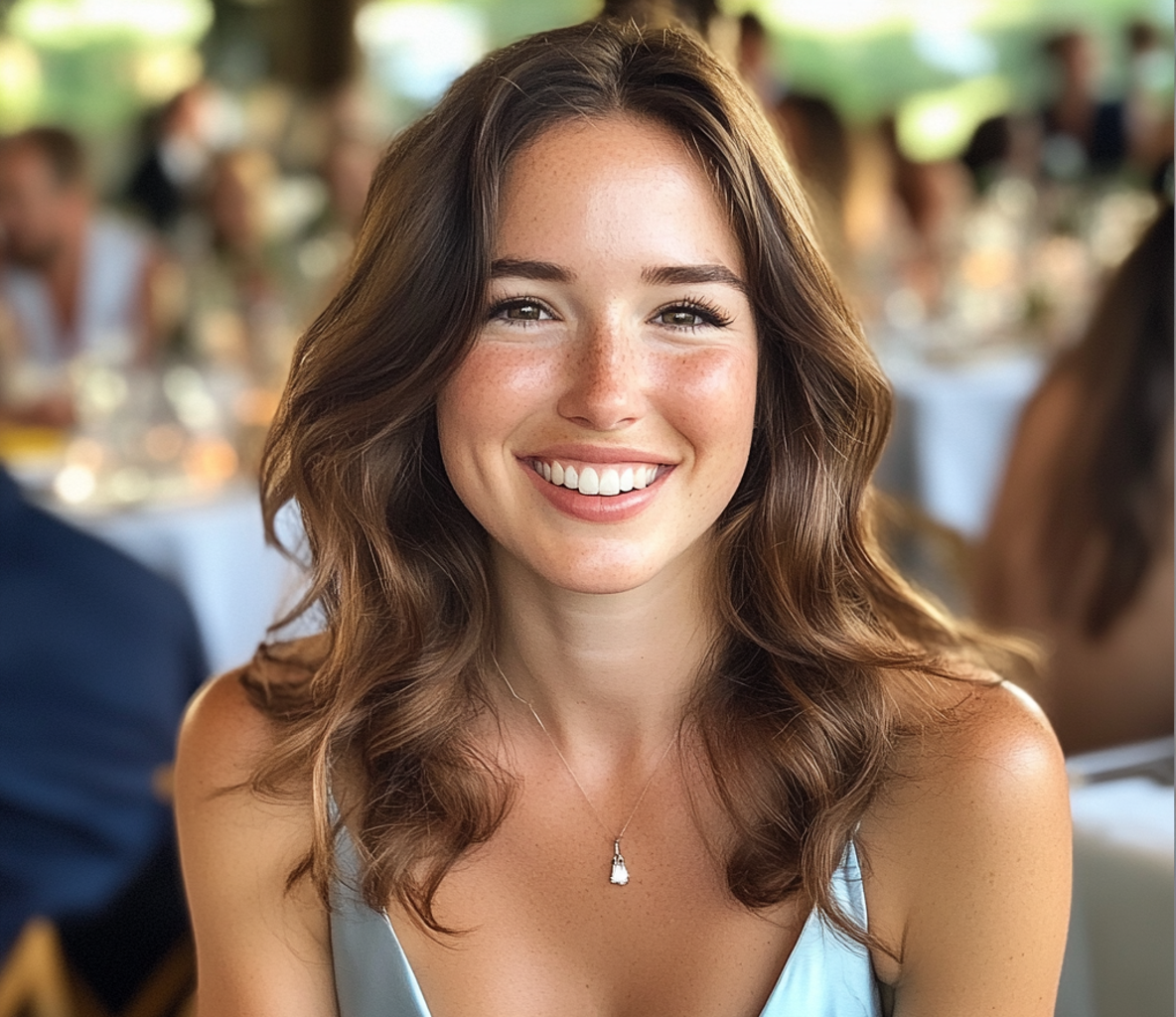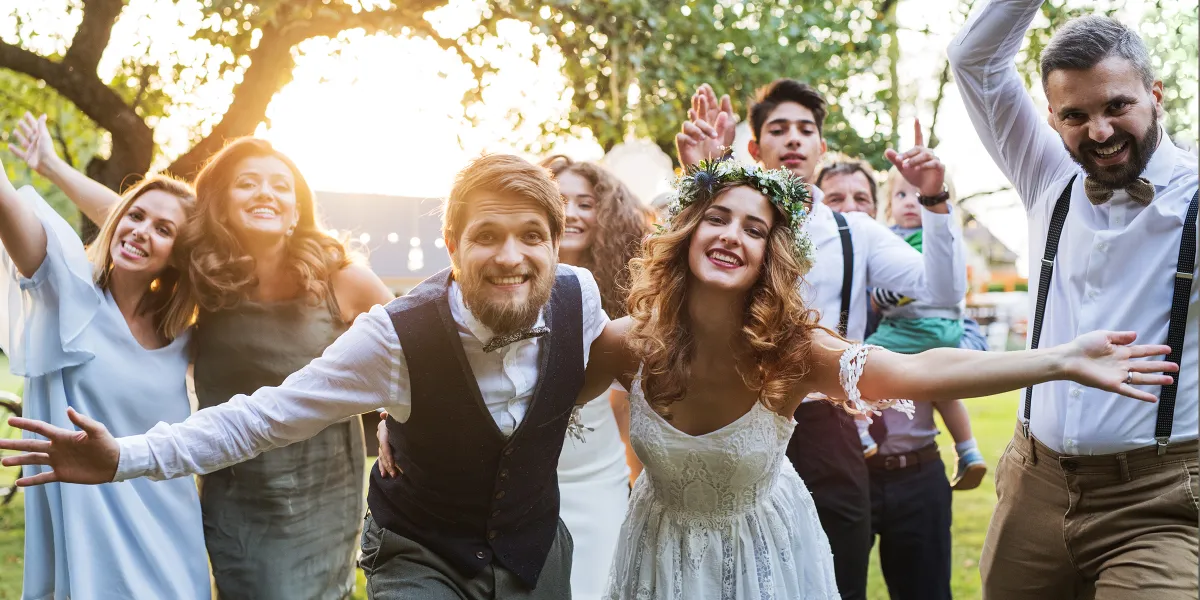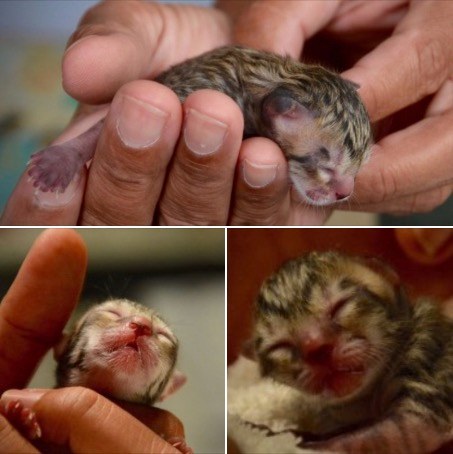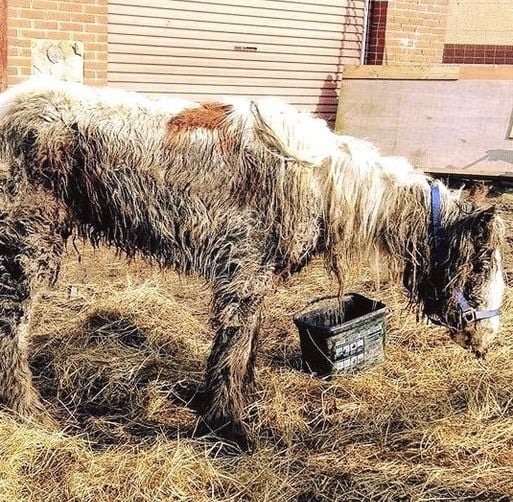During my brother Tom’s wedding rehearsal, his fiancée, Megan, toasted with a sly jab. “Dress up, please,” she said, glancing at our family. We smiled, ignoring the slight, and at the wedding, we wore her colors, helped with details, and celebrated fully. Yet, the photos and video barely showed us—just a fleeting glimpse of my dad cheering. Megan’s family filled every moment, while we were erased. I texted her, asking about our absence. “The photographer didn’t save those,” she replied coldly. I didn’t argue, but the sting lingered.

When I got engaged to Sam, we planned a warm, simple wedding. We didn’t invite Megan, choosing clarity over conflict. I told our videographer, Lily, to film Megan prominently but cut her from the final video, mirroring her exclusion. At a family dinner, Megan assumed she was invited, mentioning her tight schedule. “It’s black tie,” I said, amused by her invite’s typo—Megen. Our wedding was perfect, with laughter and starlit dances. Lily captured Megan’s smiles, but they never made the cut.
The teaser video, filled with our love and family, excluded Megan. She called, outraged. “I was there! This is cruel!” I replied calmly, “Maybe the shots weren’t worth keeping, like you told me.” At Thanksgiving, Megan wore a bridal-like gown, stealing focus. In the kitchen, she accused me of pettiness. “Erasing family isn’t better,” I countered. She confessed her family’s chaos made her control her wedding to belong. “You could’ve talked to us,” I said. Her honesty softened me.
Megan sent a flash drive with her wedding’s unseen footage—me joking with Tom, dancing with my sister, fixing her train. It showed our bond. I retrieved my wedding’s raw footage and invited Megan over. Over cake and coffee, we watched her laughing, complimenting me to Tom. We cried, apologized, and held hands. The unedited moments revealed our shared humanity, mending our rift. Megan’s vulnerability and my openness turned exclusion into connection, proving family thrives on truth, not perfection.


